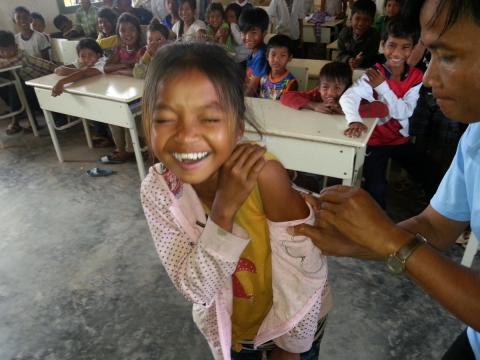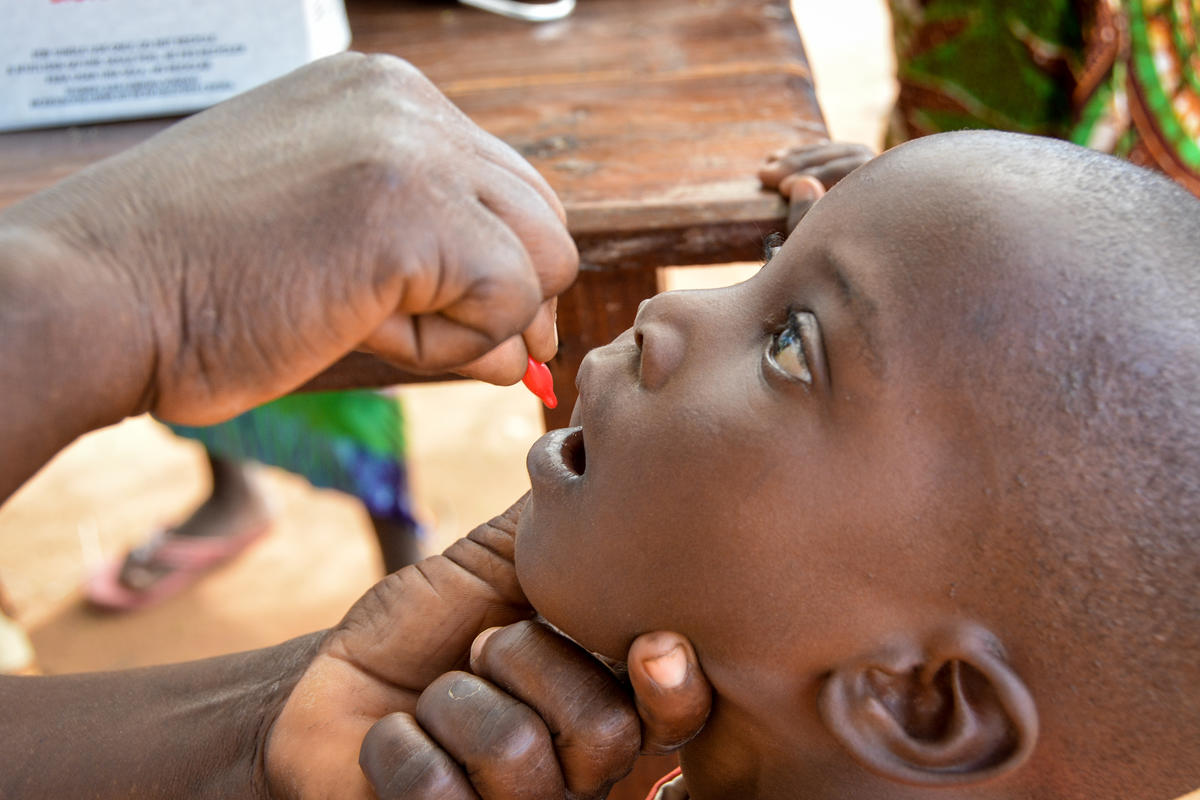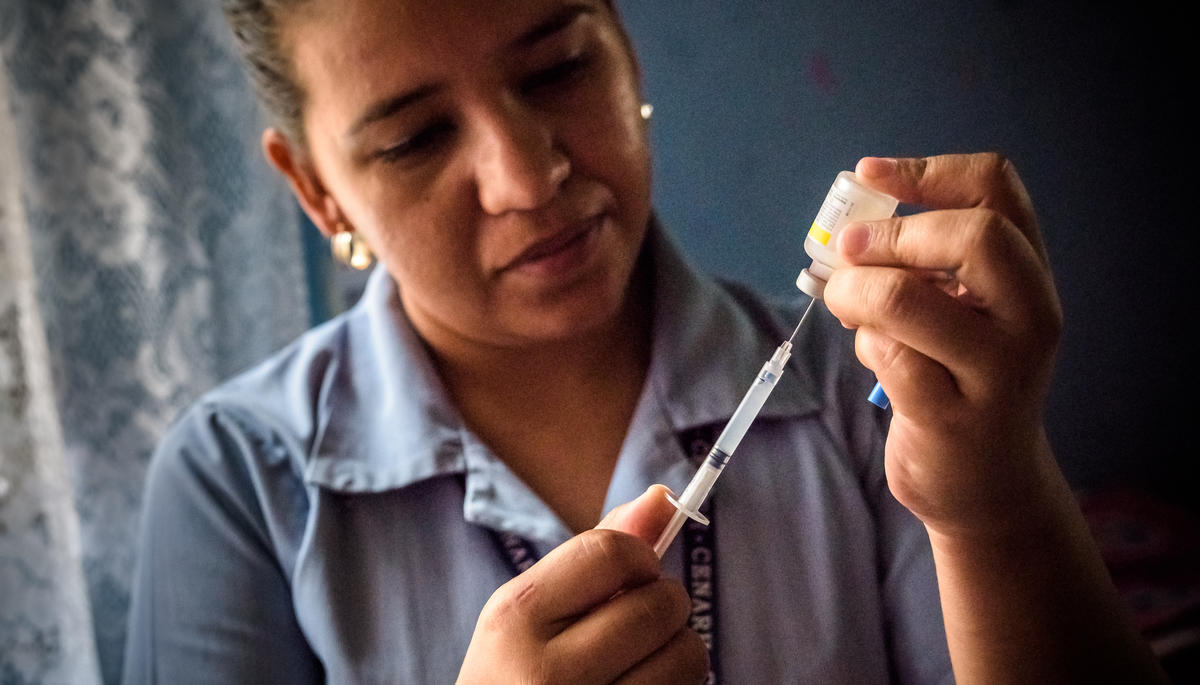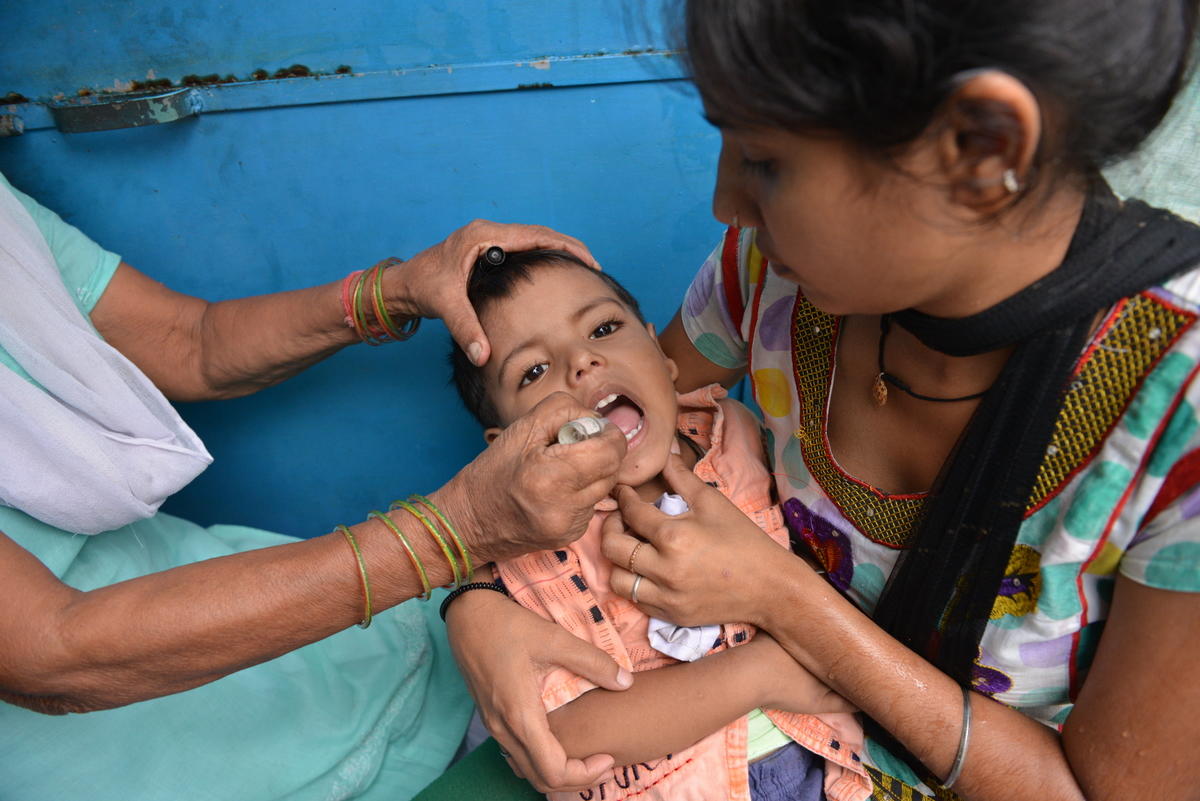
Scale up childhood immunisation now
By Dan Irvine
As a very young child I suffered an acute allergy to bee stings. As a result, everywhere I went I had to carry a syringe with medicine to control the potential reaction I would experience if stung. Fortunately, I had the opportunity to go through immunotherapy, which consisted of many months of injections. Today I’m fearless of bees and needles.
If it weren’t for the wonders of modern medicine and accessibility to these type of injections, I may not have survived childhood. Even though I was terrified of bee stings, I always seemed to find the bees. And no matter how hard we try to protect ourselves and our children, we will always find disease.

Where I live, we have sayings, such as ‘a stitch in time saves nine’, and ‘an ounce of prevention is worth a pound of cure’. These are eloquent ways of saying what we often say in public health about vaccines – that a quick jab can spare you some serious suffering and may save your life. Economically speaking, the direct return of immunisations is 16:1, and when broader economic and social benefits are considered, it as high as 44:1. Few development interventions enjoy returns like this, which is why immunisation is considered one of the most scalable and high impact public health interventions available.
In human history, there has been only one disease affecting human health to be eradicated – Smallpox, in 1980. Prior to its eradication through global immunisation, Smallpox ravaged humanity for centuries with global outbreaks killing three out of 10 people infected, mainly children.Today, the world has once again come close to eradicating a disease through immunisation, Polio. One variant has been completely eradicated, a second unseen since 2012, and a third reduced by 90% incidence. In 1998, when the Global Polio Eradication Initiative was launched, 350,000 people were infected every year. Just 20 years later, by 2018, only 33 cases were found globally. Thanks to this campaign, the World Health Organization estimates that 18 million people can walk today who would otherwise have been disabled.

Today we live in a privileged era where a vaccine for a new disease – COVID-19 – can be developed in less than a year and scaled globally in likely less than three years. But this article is not about the COVID-19 vaccine; it is about routine childhood vaccinations. You see, when I started my career in development in 1990, 12.5 million children under the age of 5 were dying each year from largely preventable diseases. By 2019, that figure had dropped to 5.6 million, an incredible decrease that I like to refer to as a modern miracle.
Expanded childhood immunisation was at the forefront of this historic achievement, saving young children from terrible scourges, like Whooping Cough (Pertussis), Tetanus, Diphtheria, and Measles. With the global Measles immunisation campaign, we’ve seen the mortality rate for children under 5 due to measles drop 74% from 2000 to 2007,[5] and over 23 million Measles-related deaths were averted between 2000 and 2018.[6]
However, gains in global childhood vaccination coverage have not come easily. It takes significant global investment, strong national commitment, and trust within communities. None of these can be taken for granted. We have just witnessed a large-scale cessation of Measles immunisation campaigns due to pandemic lockdowns in 2020 and community fears to attend health clinics. Childhood immunisation rates fell for the first time in 28 years, from their peak of 85% (for Diphtheria, Pertussis, Tetanus, and Measles), and the likelihood of a child born today achieving full vaccination is less than 20%.[7]
This is why the World Immunisation Week this year is so important.

We need to collectively celebrate the game changing protection vaccines have provided us. That means stopping for a moment to appreciate not having seen children around us dying from deadly coughs or rashes or being crippled for life. It’s very easy to become complacent about problems we no longer see before us. Thus, we must all re-commit to reversing the negative impact on childhood immunisation, as an aftershock of the pandemic, and pushing these diseases across the elimination line.
As we do so, we will also be able to scale up more recent vaccines, such as HPV (Human papillomavirus), Rotavirus, and Pneumonia, as well as those to come for Malaria, HIV and AIDS, and other emerging viruses. No child deserves to suffer or die from these preventable diseases, and there is little reason to not provide relatively inexpensive immunisations for them.
To learn more about World Vision's health and nutrition work click here
To learn more about our work on COVID-19 click here
Dan Irvine is World Vision's Senior Director, Health and Nutrition
[2] https://www.cdc.gov/smallpox/history/history.html
[3] https://polioeradication.org/wp-content/uploads/2019/06/english-polio-endgame-strategy.pdf
[4] https://data.unicef.org/topic/child-survival/under-five-mortality/
[5] https://www.prb.org/childmortality/
[6] https://www.aappublications.org/news/2020/02/13/mmwr021320